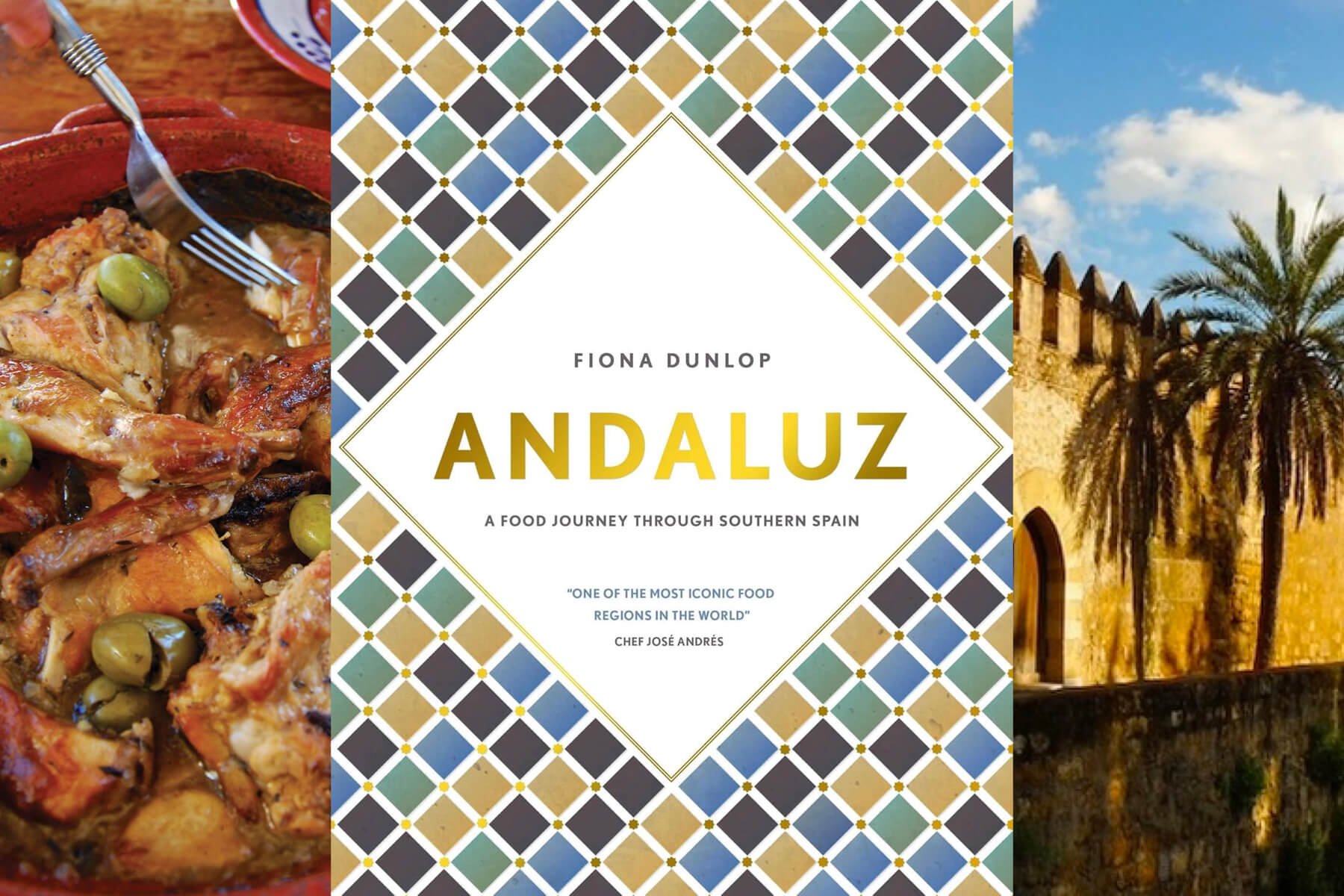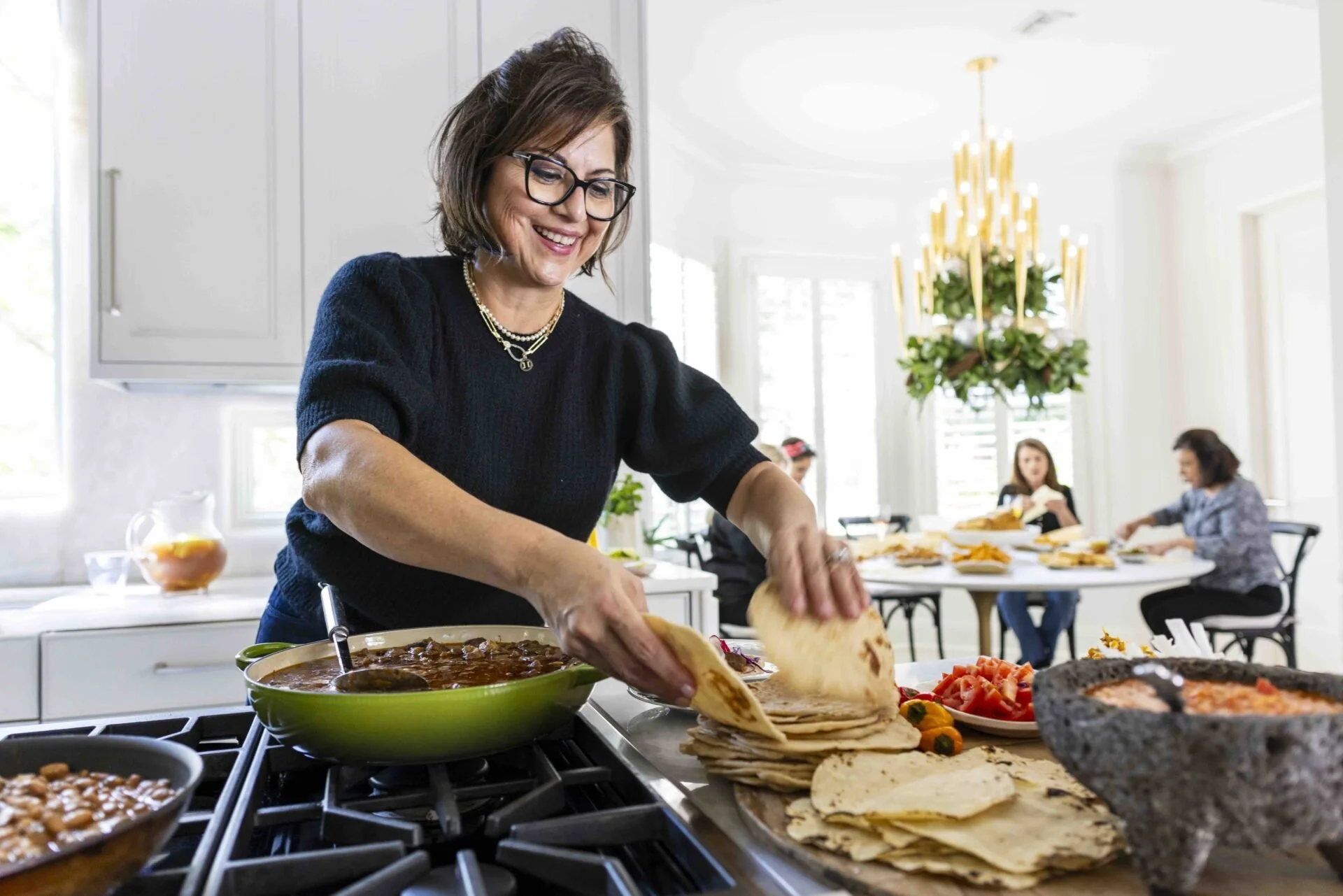Advertisement
An Introduction to... Cooking with Rice
1 October 2024 · Discover ckbk
In the second feature in ckbk series, following on from An introduction to Pastry, Cat Black offers an overview of the culinary uses of this vital grain — a “Rice 101”.
By Cat Black

Rice plants growing in one of the countless paddies (known as tanada) in Japan
Rice, in all its great variety, is one of the world’s most widespread staple foods, a core element of meals across many countries and cuisines. Although there are thousands of varieties of rice, and it is cultivated in over a hundred countries, it is particularly important to Asia, and was established in India, China, and all across SE Asia by 2000 BC. Rice has advantages over other staple foods, in that it is relatively dry when harvested, so keeps well and for a longer time than other crops, such as wheat or barley. It is also highly absorbent, which makes it a glorious carrier of flavor, whether those be the umami richness of a stock, the heat and aromatics of spice, or the tangy rice-vinegar glaze used to coat the rice for making sushi.
Different cuisines, from English baked rice puddings, to India biryani, from a fine Italian risotto, to West African Jollof rice or Spanish paella, use different varieties of rice. Texture in the finished dish is key. Longer grain varieties, such as Basmati, tend to a less starchy end result, and are often washed ahead of time to ensure free-flowing and separate grains. Stickier rice dishes, whether sweet or savory, make the most of rice’s glutinous or starchy quality – you want this for your Japanese sticky rice or the ooze of a perfect risotto. To select and buy the best rice for your dish, first consult the recipe. If a particular variety is needed it will say so – for example Arborio or Carnaroli for risotto. Or it may specify more broadly, such as long grain white rice, brown rice, or pudding rice – in which case you don’t need to look for a particular variety, just that type. Supermarkets do now stock many types of rice, so you can buy what you need for your dish. In some cases, you may like to go to a specialist shop or market. For example, a Japanese supermarket will be sure to have the best rice for sushi, when an ordinary supermarket outside of Japan might not.
Wholegrain rice can be brown, red or black, and refers to rice that has been removed from the husk, but not milled or polished. Those varieties take longer to cook, and have a firmer, nutty texture and flavor. Retaining the husk’s nutrients, they are a very nutritious and flavorful alternative to white rice in many dishes. ‘Wild’ rice, which has fine very dark grains, is actually a wild grass, and not a variety of rice. But it is often combined with other varieties of rice, or used in similar types of dishes, so is worth a mention.
Whether you are a paella lover, or a sushi aficionado, we’ve put together a selection of core recipes, and then a series of collections, so you can dig into a range rice dishes in all their delicious diversity.
What to make with rice… Core recipes
This collection is full of the basic recipes you need to start exploring a world of rice cookery. We have assembled a curated shortlist of recipes and techniques to help you approach each different type of rice. Understanding the basic technique of how to make a risotto, or how to cook the rice before attempting to make sushi, is key to a successful result. Some dishes, such as sushi, or arancini, need you to make the rice ahead. In some, like rice pudding, or Jollof rice, the cooking is integral to the finished dish. Either way, cook or read your way around this round up of rice knowledge, and prepare for some very delicious rice dishes.
Risotto is a rice dish that originated in Piedmont and Lombardy, although there are regional variations throughout Italy. With its decadent oozing texture and rich variety of flavors, risotto is now deeply loved across the globe. The main varieties of rice used for risotto are Arborio and Carnaroli. Arborio is widely available, has relatively large grains in comparison to other risotto rice, and results in a thicker, softer risotto. Carnaroli is generally regarded is the finest risotto rice across Italy, and is said to produce risotto with the creamiest texture. The exact texture, from fluid and soupy, to something firmer, will also vary across Italy. What all risotto has in common is the gradual addition of liquid, usually stock, while stirring as the rice cooks. Risotto is usually served as a primo (or first course) – when Italians would eat risotto or pasta. However, there are exceptions – ossobuco is famously served with a saffron-infused risotto milanese. From bright spring vegetable dishes, to rich and hearty meat versions, there is a risotto for everyone. And don’t forget you can also use risotto rice in desserts — see our Rice Pudding collection for examples of sweet risottos.
Many Middle Eastern dishes are accompanied with grains or couscous. The region’s rice dishes make the most of rice’s capacity to absorb rich cooking juices from the meat or vegetables they are served with. The texture of rice is also an important part of Middle Eastern rice cookery, with some recipes that deliberately shape the rice with a mould or heavy pan. The crust that can be created on the base of the rice is delicious and much prized.
Rice is served alongside the majority of Indian and Pakistani meat and vegetable curries. However, biryani or pulao are dishes in which the meat or vegetable are incorporated into a rice dish, that will likely be served with dahl and raita, and perhaps additional curries, but is the centrepiece in itself. Biryani is the grander of the two, in which the different components of the dish are cooked separately, before being combined to finish cooking. A pulao is a simpler dish, with all components cooking together. There are many different regional variations of each, and biryani is rightly the centre of many a feast. Sometimes the plates piled high with spiced and aromatic rice and meats are even covered in fine gold leaf. Basmati, a very long fine-grained rice mainly grown in India and Pakistan, is ideal for these dishes. It keeps its shape well, and has a beautiful aromatic scent when cooked.
Japan has a special relationship with rice, and the iconic national dish of sushi has seasoned rice at its heart. Sushi rice is shorter grained than much of the rice eaten in Asia, and unlike in an Indian pulao or most Middle Eastern rice dishes, the grains are prepared to ensure they stick together. A glaze of rice wine vinegar, sugar and salt completes the preparation of rice for sushi.
Japanese short-grain rice is of course not only used for sushi. In plain, un-vinegared form it accompanies almost every meal (the words for meal and rice are synonymous in Japanese). It also forms the basis for Donburi (rice bowl dishes) and Onigiri (rice balls wrapped in seaweed), a popular snack throughout Japan.
The traditional Spanish dish of paella, originating in Valencia, takes its name from the dish in which it is prepared. A flat open cooking dish of Roman origin, in which the Spanish created a dish using an ingredient that reached them from Arab shores, paella is a historic melding of good things. Paella is made using relatively short-grained paella or risotto rice. Different regions have different traditions and preferences as to the added ingredients, and modern cooks have adapted and played with the basics. Whichever style you choose, paella is a fine way to feed a family, or a crowd.
Recipes for wholegrain rice crop up in every cuisine. With wholegrain brown, red or black rice sometimes substituted in dishes that might conventionally be seen with white rice. Retaining the husk of the grain, wholegrain rice takes longer to cook, and has a nutty flavor and texture. It also retains a high nutritional value. It is particularly good in salads soups and stews, that make the most of this more robust flavor and texture.
Pudding rice is white and short-grained, usually cooked while stirring in liquid – much like a risotto – or baked in liquid. As rice itself has a neutral taste, it is just as successful in sweet as in savory dishes. There are sweet rice dishes made with longer grain rice, such as the Sweet Orange Rice in this collection. Most rice pudding is made with milk, or milk and cream, which takes on a caramel note in cooking, and results in a comforting, rich texture and taste. For a basic rice pudding, find one in our collection of core rice recipes. Here we’ve put together some of the best variations on rice pudding, including everything from a rice pudding tart to a black rice sorbet.
Want to dig deeper into the world of rice? ckbk has an entire Rice bookshelf featuring cookbooks such as Sri Owen’s The Rice Book, Naomi Duguid and Jeffrey Alford’s The Seductions of Rice, and Nisha Katona’s Pimp my Rice, giving you endless options for traditional and non-traditional ways with rice.
More ckbk features
Fiona Dunlop on her gastronomic adventures in Andalucia
Q & A with the author of IACP-award-winning cookbook, My South Texas Kitchen
Advertisement










